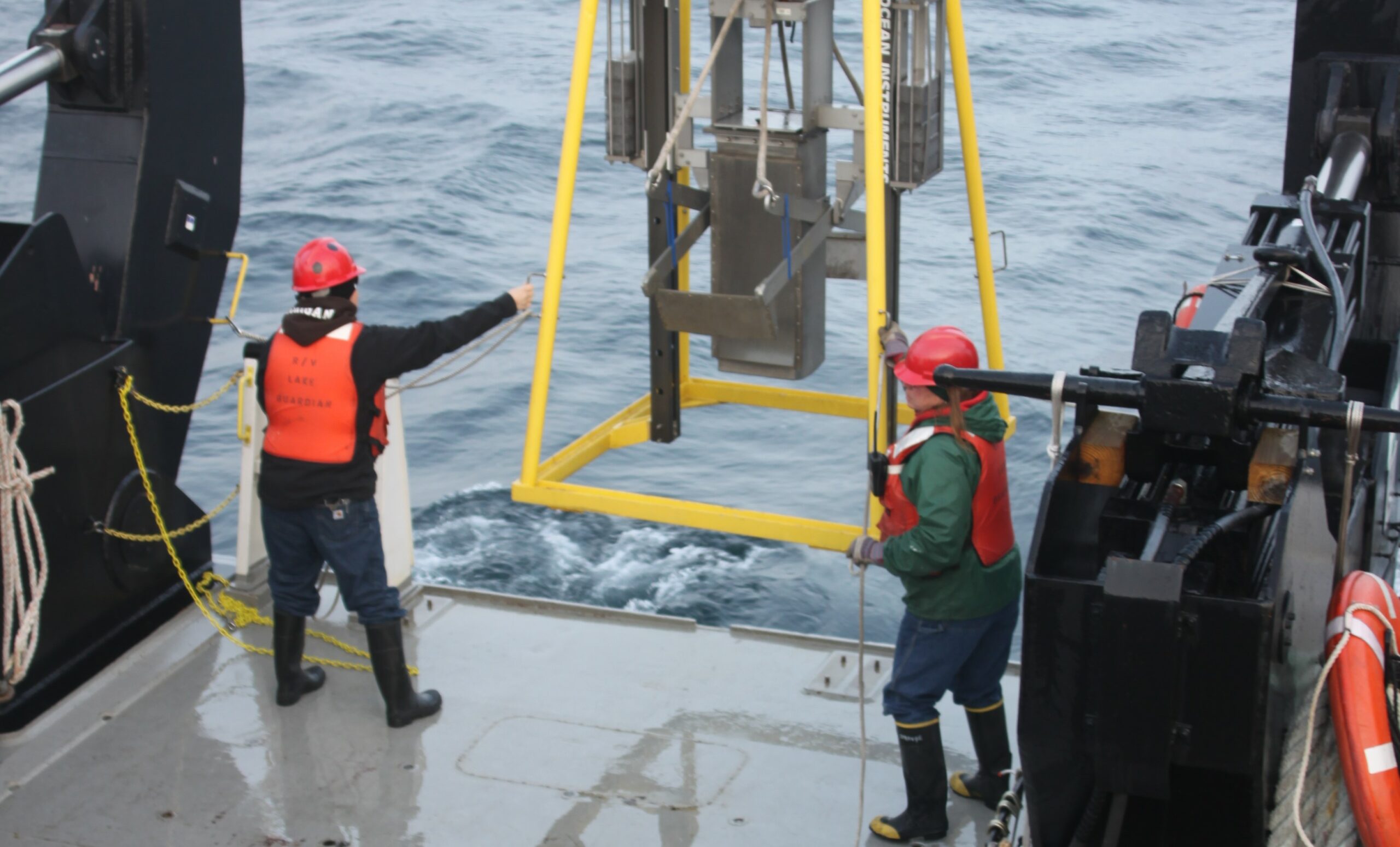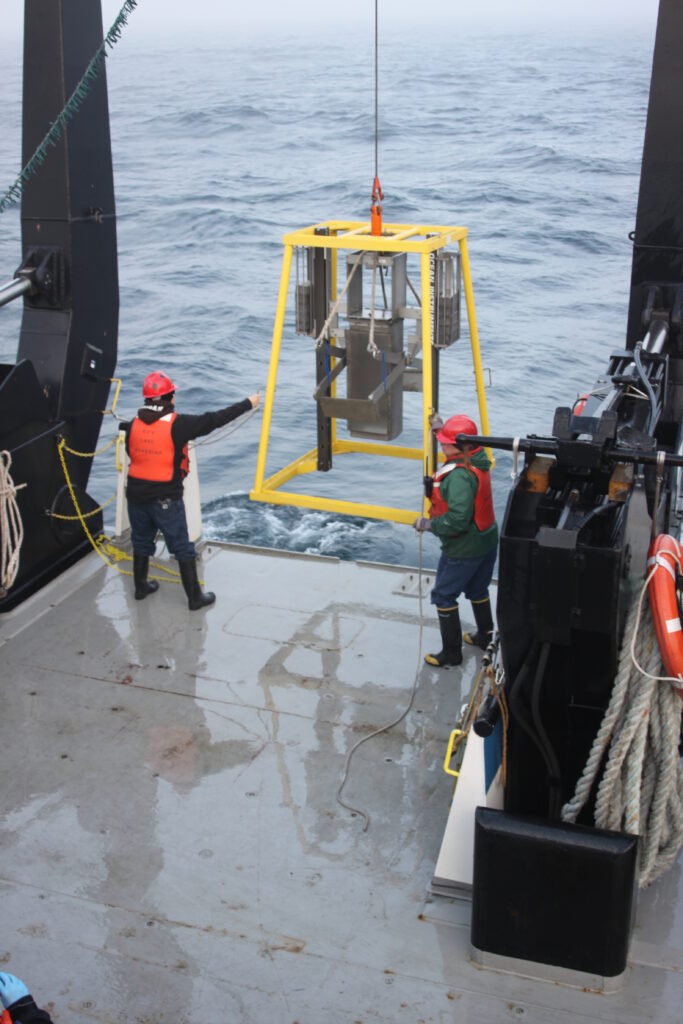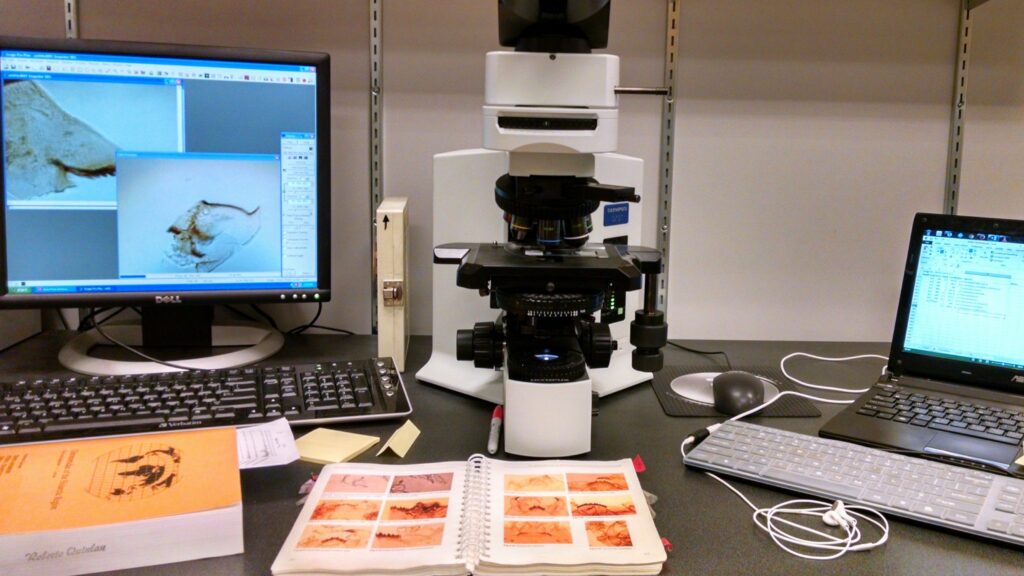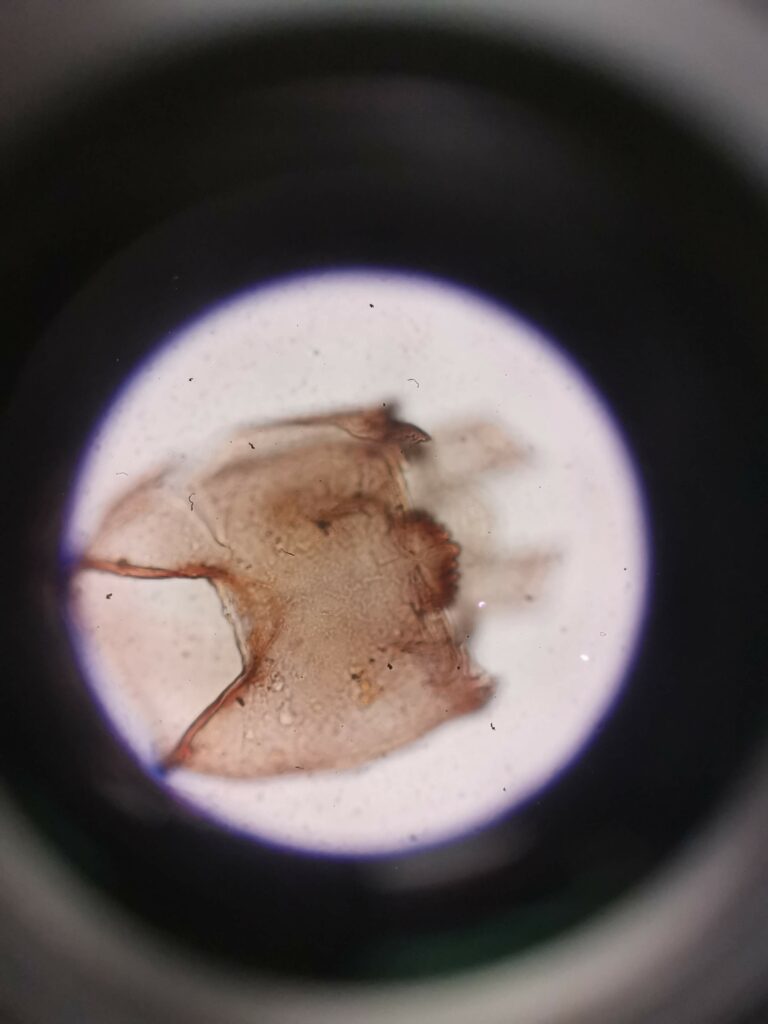
More algal blooms likely in Lake Erie as deep-water oxygen levels continue to drop
York University researchers take novel approach to look at history of deep-water oxygen in Lake Erie through insect larvae in lake sediment over last 150 years

TORONTO, July 25, 2023 – Researchers at York University went searching for the fossilized remains of small insect larvae called chironomids, found in sediment in Lake Erie, to find a history of deep water oxygen deprivation in the lake that continues today.
“Our results indicate that Lake Erie has suffered declines and depletion of bottom oxygen in the past, including prior to major Euro-American settlements, however, it wasn’t as bad as it is today,” says senior author and Associate Professor Roberto Quinlan. If oxygen continues to decrease, Lake Erie will likely see more algal blooms occurring in the future.
Until now, understanding the oxygen dynamics in Lake Erie was more speculative. The current research, led by former York grad student Dmitri Perlov, is novel in that it looked at how an organism, such as chironomid larvae, which is highly sensitive to changing oxygen levels, was affected over the past 150 years.
The researchers studied the presence of these tiny larvae, which metamorphosize into midges as adults, in lake sediment cores from today to before pre-industrial times. They found oxygen depletion rates ramped up as populations increased and agriculture intensified after industrialization in the 1950s, which was likely exacerbated by the development and increased use of phosphorus-rich chemical fertilizers and household detergents. It was particularly bad in the 1960s and 70s. Water clarity started to improve in the 80s and 90s following phosphorus abatement programs initiated in the early 1970s, but oxygen levels have not recovered.
Poor water quality has a lot to do with the lack of deep-water oxygen, which can spur summer algal blooms that can affect the drinking water for millions of people around Lake Erie, and it also means that when there is a temperature inversion, which sends deep waters devoid of oxygen to the surface, it can cause a massive kill-off of fish, that can have major effects on commercial fishing.
“Of all the Great Lakes, Lake Erie is the most stressed by human influence and has the poorest water quality so it is of great interest to both the United States and Canadian federal governments, and all the state and provincial governments that border the Great Lakes,” says Quinlan of York University’s Faculty of Science.
Low oxygen levels at the bottom of the lake can produce a chemical environment where phosphorus, a primary nutrient for algae, is released from the sediments.
“A central pillar of water quality research is trying to control phosphorus. If you get a lake that loses its oxygen and all of this stored phosphorus is released from the sediments, all of these efforts by governments and society to control phosphorus, it’s all undone by this chemical process that releases a huge amount of phosphorus back into the water and fuels algal blooms,” says Quinlan.

This creates conditions for algal blooms, including harmful cyanobacterial blooms, which turns the water blue-green, makes it smell and taste bad, and can be toxic to humans, pets and livestock, making tap water unsafe to drink.
“Our study’s results emphasize the vulnerability of Lake Erie to low oxygen because it naturally had periods of low oxygen prior to large scale European settlement, urbanization, industrialization, agricultural fertilizers and all these additional stressors that make Lake Erie that much more vulnerable to low oxygen,” says Quinlan.
Climate change is what really concerns Quinlan. A warmer climate means warmer winters and shorter ice coverage as well as warmer summers which causes a further loss of oxygen in the deep layers.
“Climate warming is already underway, and this is something that will take decades to reverse,” he says.

Some 13.2 million people live within the Lake Erie watershed, the most populated of the Great Lakes, representing about 34 per cent of the total population in the Great Lakes catchment area.
Lake Erie is a bellwether for other Great Lakes as it has changed the most in response stress and remediation. The researchers say that wide-scale watershed actions are needed if Lake Erie’s water quality and deep-water oxygen levels are to improve.
The paper, Anthropogenic stressor impacts on hypolimnetic dissolved oxygen in Lake Erie: a chironomid-based paleolimnological assessment, was published in the Journal of Great Lakes Research.






